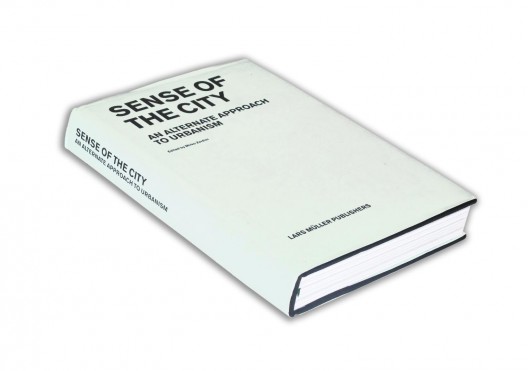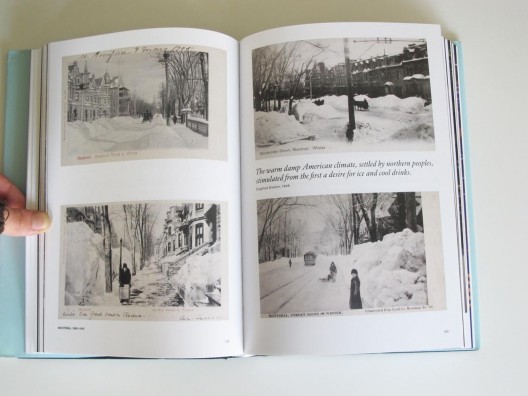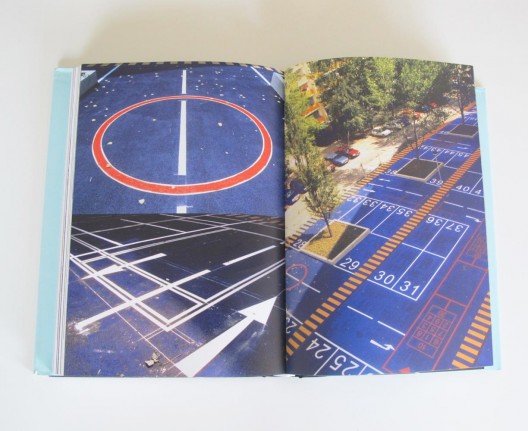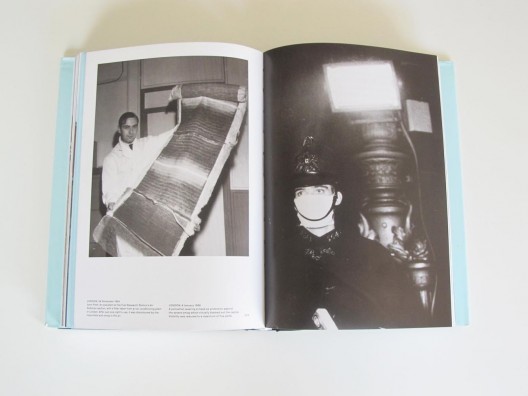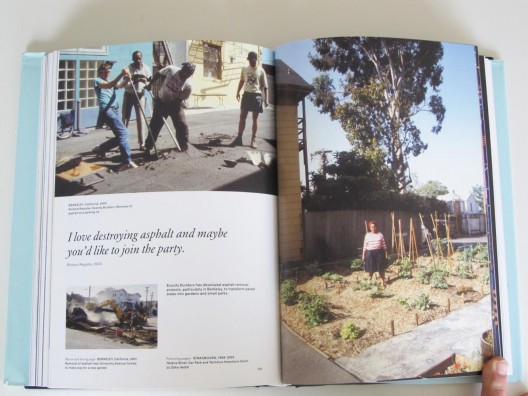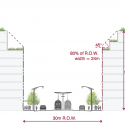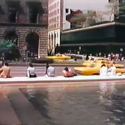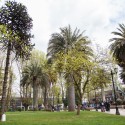Publicación de la semana: “Sense Of The City”
Lars Muller Publishers
Edición: Mirko Zardini
Idioma: Inglés
Número Páginas: 352
Con ensayos de: Wolfgang Schivelbusch, Norman Pressman, Emily Thompson, Mirko Zardini, Constance Classen y David Howes
Primera Edición: 2005
¿Dónde Comprarlo? En este link de Amazon
Desafiando el dominio de la visión, Sense of the City: An Alternative Approach to Urbanism propone un nuevo acercamiento, uno de “urbanismo sensorial” cuyo objetivo es el de analizar el fenómeno urbano en términos de luminosidad y oscuridad, estaciones y clima, el olor del aire, el material en las superficies de la ciudad, y los sonidos. ¿Cómo percibimos el setting urbano que constituye el hábitat de una gran proporción de la población mundial? En años recientes, hemos buscado mejores niveles sensoriales para el urbanismo ambiental, mirando cómo nuestra percepción, juicio, y tolerancia de este fenómeno que están cultural e históricamente determinados.
Índice
Preface
Toward a Sensorial Urbanism
NOCTURNAL CITY
Nightfall Fear in the Street
From Safe to Lively Streets
SEASONAL CITY
Ice for Turists
The Idea of Winterness: Embracing Ice and Snow
SOUND OF THE CITY
Noise and Noise Abatement in the Modern City
SURFACE OF THE CITY
The Ground of the Modern City and the Preponderance of Asphalt
AIR OF THE CITY
The Deodorized City: Battling Urban Stench in the Nineteenth Century
Architecture of the Senses
Sensory Stirrings
Appendices
PREFACE (extracto)
As clearly shown in this volume and the accompanying exhibition organized by Mirko Zardini, aspects of the city that characterize the day and the night as well as the changing seasons-the luminosity, sounds, smells, and surfaces of the places in which we live, work, and play-suggest modes of experiencing the urban environment that challenge the dominance of the eye. In fact, the whole gamut of “sensorial” phenomena that figure prominently in daily experience, and largely determine the design of building, are strikingly absent from urban studies. Sense of the City proposes a new approach centered on our perceptual capacities as human beings and the qualities of our urban habitat.
Como se puede ver claramente en este volumen y la exhibición adjunta de Mirko Zardini, aspectos de la ciudad que caracterizan el día y la noche así como también el cambio de las estaciones-la luz, el sonido, los olores, y superficies de los lugares en los que vivimos, trabajamos y jugamos, sugieren modos de experimentar el entorno urbano que desafío la prominencia visual. De hecho, todo el tema del fenómeno sensorial que figura prominentemente in la vida cotidiana y que largamente determina el diseño de edificios, están increíblemente ausentes de estudios urbanos. Sense of the City propone un nuevo acercamiento centrado en nuestras capacidades perceptuales como humanos y las calidades de nuestra hábitat urbana.

